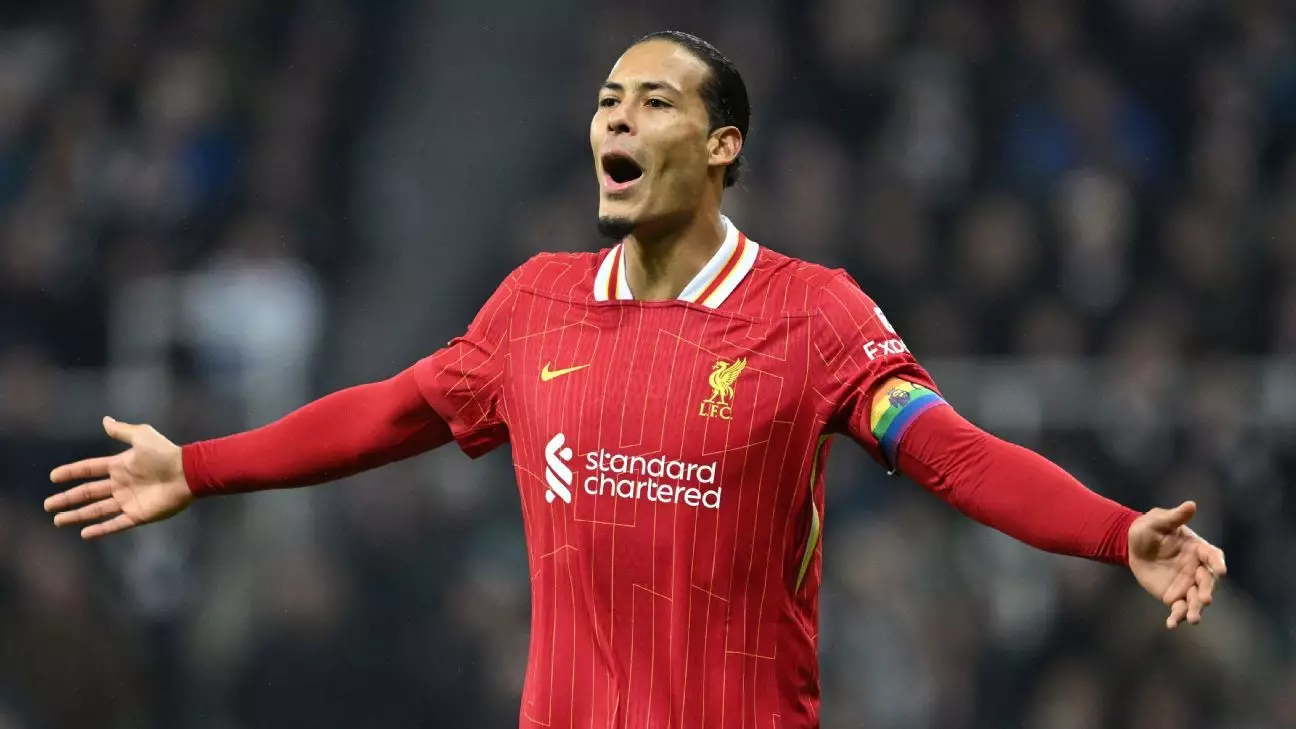Football, a sport of immense physical demand, has often come under scrutiny regarding the workload and health of its athletes. Recent data published by the CIES Football Observatory showcases some stark statistics in player utilization, providing insight into performance pressures faced by professional players. In a landscape increasingly characterized by congested schedules, the implications of these findings could have far-reaching effects on the sport.
According to the CIES report, FC Barcelona’s Jules Koundé stood out as the most utilized player globally, having accumulated a staggering 5,872 minutes in competitive fixtures for both club and country. Following him closely are notable names like Jhon Arias from Fluminense, who clocked in at 5,599 minutes, and Real Madrid’s Federico Valverde, with a hefty 5,573 minutes. With these figures in mind, it’s crucial to analyze not just the players but also the implications these intensive workloads have on their health and performance levels over time.
The participation of high-profile athletes in numerous competitions raises important questions about sustainability in football. Virgil van Dijk, another leading player from Liverpool, logged 5,523 minutes, standing alongside Arsenal’s William Saliba and others in the top echelons of player usage. The statistics demonstrate that the majority—73.2%—of the game time accrued by the top 100 players stems from domestic leagues, indicating a heavy reliance on local competitions as the primary source of player engagement.
As players continue to be pushed into immense workloads, concerns surrounding adequate recovery periods and player safety have surged within the football community. Manchester City’s Rodri articulated this growing concern, suggesting a potential strike action if football bodies do not amend the increasingly condensed scheduling. His sentiments resonate with shining clarity; players feel trapped in a cycle where their physical well-being is seemingly disregarded.
Koundé echoed these concerns during a recent press conference, emphasizing that the rising number of matches reduces the windshield for necessary recovery. With fatigue often leading to injuries, the health risks associated with consistent overexertion are alarming. Coaches share these sentiments, arguably putting further pressure on decision makers to listen—though whether that will bear fruit remains uncertain.
In light of these concerns, players are gradually uniting in their call for reform. The global players’ union, FIFPro, has laid the groundwork by filing an antitrust complaint against FIFA. They argue that the organization, while functioning as both tournament organizer and regulator, must recognize the balance it must strike between competitive integrity and player health.
This union represents a significant step for the players, as they collectively seek to reclaim agency over their own careers and futures in a sport that often treats them as commodities rather than individuals with limits. A notable shift may be on the horizon for how football approaches player welfare, moving away from merely maximizing output to ensuring longevity and health within the sport. As the clock ticks on their careers, players like Koundé and Rodri are sparking a dialogue that could very well change the game’s future.

